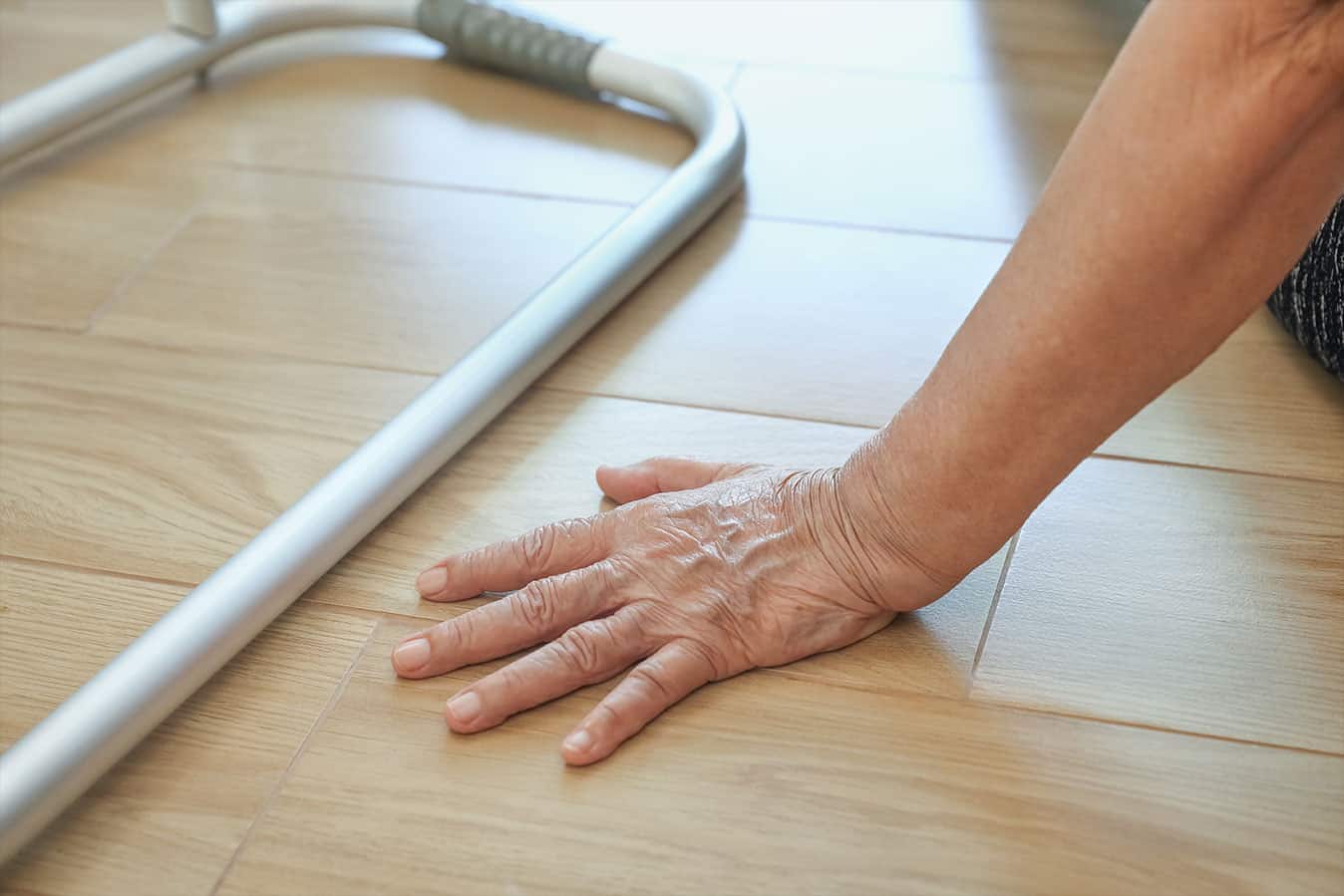Australia has no system to monitor the quality of home care and reports on just three indicators across nursing homes, a new report commissioned by the Royal Commission into Aged Care Quality and Safety has revealed.
Undertaken by the South Australian Health and Medical Research Institute (SAHMRI), the research shows Australia’s aged care quality monitoring falls well behind other countries.
The report argues Australia could improve the quality and safety of care for older people living in aged care by following the lead of countries such as Denmark, Sweden, Germany, the Netherlands and the US and immediately establishing independent, transparent, routine monitoring and public reporting of many aspects of aged care quality outcomes.
The report found a large range of quality outcome indicators could be produced from data that already exists without any extra burden placed on aged care providers.
They include indicators for medication-related quality of care, falls and fractures, hospital re-admissions, hospitalisation for dementia/delirium, pain, premature mortality, pressure injury, utilisation of care plans and medication reviews, and weight loss/malnutrition.
Royal Commissioners, Tony Pagone QC and Ms Lynelle Briggs AO, believe independent measurement and public reporting is essential for the good operation of the aged care system.
“Unbiased measurement and reporting of performance is vital to create accountability and continuous improvement in the aged care sector. Without it, problems are hidden from sight and not addressed,” the Commissioners said.
“It is unacceptable that in 2020 the aged care system is still without this. Had the Australian Government acted upon previous reviews of aged care, the persistent problems in aged care would have been known much earlier and the suffering of many people could have been avoided.”
In 2011, the Productivity Commission’s Caring for Older Australians report recommended aged care quality indicators be established and published at the service provider level to enhance transparency and accountability.
The recommendation was echoed in the Review of National Aged Care Quality Regulatory Processes in 2017 by Kate Carnell AO and Professor Ron Paterson.
The new research from SAHMRI examined practices in 11 countries and 305 care quality indicators.
Based on the research, SAHMRI recommends an independent body oversee quality monitoring and reporting in Australia, including data custodianship and establishing evidence-based targets.
It also suggests real-time data collection should be standard with routine reporting.
Public reporting of quality and safety indicators could increase transparency and accountability of the system, potentially improving performance, and provide aged care recipients and their families the opportunity to make informed decisions regarding service use, the report said.








